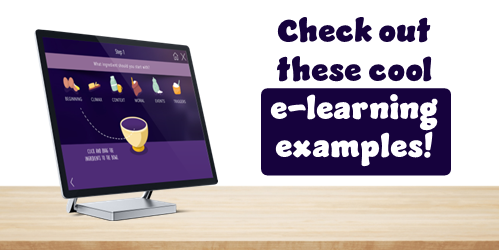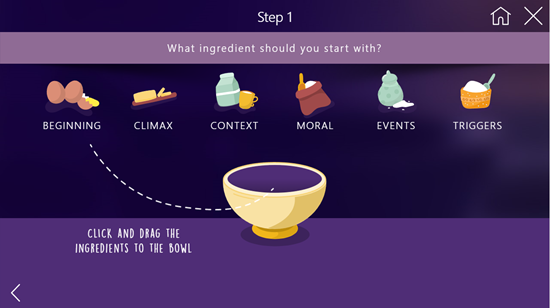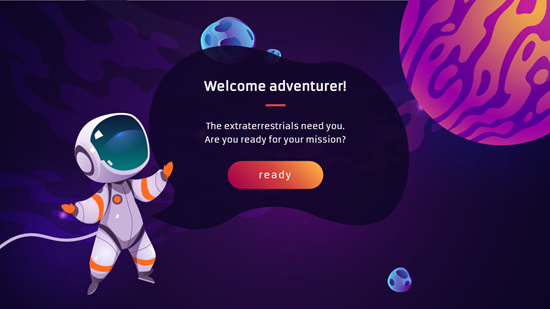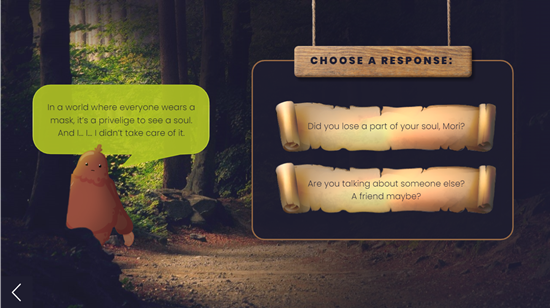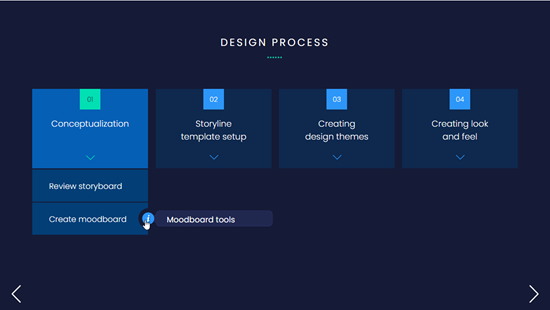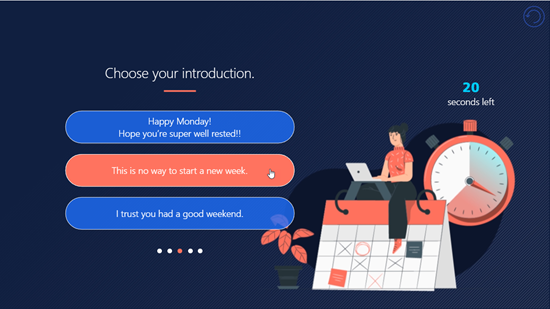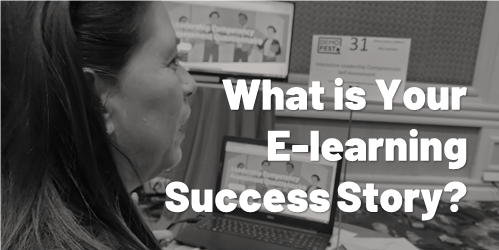How to Jumpstart Your E-learning Program
November 29th, 2022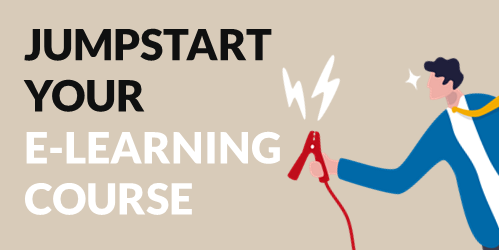
I get a lot of questions from organizations that are at the beginning of their e-learning journey and not quite sure how to get started. The following tips are three key considerations to get your program moving in the right direction.
What Type of Course Are You Building?
I like to keep things simple. Generally, there are two types of courses that get built: explainer and performance.
- Explainer courses present key content critical to the learning experience. This can be content like user manuals, video tutorials, company policies, etc. These courses generally combines content with context. For example, an explainer course not only shares information but adds context to how the information is relevant. But they generally stop at sharing the content and don’t include relevant practice opportunities.
- Performance courses focus on the performance expectations. What is the learner supposed to do? How can they learn it in the course? What activities get built in the course for the learner to practice and prove their skills and understanding?
Both types of courses have value. However, if you have clear performance expectations and you build an explainer type course, then you need to determine what activities outside the course are required for the learner to practice and prove.
Craft Clear Course Expectations
The end-goal isn’t to build a course. Instead, the course is a solution to meet the end-goal. Thus, the end-goal needs to be determined and clearly stated. After the person takes the course, what are they supposed to do?
Odds are that many of the explainer courses that are created have no “supposed to do” attached to them. And that’s why a lot of online courses aren’t effective.
- Create a clear objective.
- Determine how to measure it in the course and outside of the course.
- Build practice activities and an assessment that provides proof of understanding.
- Get connected to the team that can provide the metrics outside the course so you can verify success.
Build to the Expectations of the Learner
This part is a bit challenging because often courses are designed around the content presentation and not the learner expectations. We’ve all taken annual compliance training. The content is valuable, but it’s usually not framed in a way that’s relevant to the learner. It’s content that’s mostly relevant to the organization and it’s framed that way.
However, the organization is paying you to build a course which costs money. And then your course pulls people from productive work which also costs money. If you have a 60-minute course and 100 people have to take it (assuming an average cost per employee is $100); that’s about $600,000 per 100 people. That is a lot of money. Is your course getting at least $600,000 of value?
You may not be able to control whether or not the course gets built, but you can definitely advocate to build the best type of course. And the best type of course considers the learner and how the content is relevant and meaningful.
Obviously, there’s a lot more to consider when jumpstarting your e-learning program. The key consideration is whether or not the course is built around performance expectations and then designing a product that meets those goals.
What would you add to this list if someone asked about getting their e-learning program started?
Events
- Everyday. Check out the weekly training webinars to learn more about Rise, Storyline, and instructional design.
Free E-Learning Resources
 |
 |
 |
|
Want to learn more? Check out these articles and free resources in the community. |
Here’s a great job board for e-learning, instructional design, and training jobs |
Participate in the weekly e-learning challenges to sharpen your skills |
 |
 |
 |
|
Get your free PowerPoint templates and free graphics & stock images. |
Lots of cool e-learning examples to check out and find inspiration. |
Getting Started? This e-learning 101 series and the free e-books will help. |
